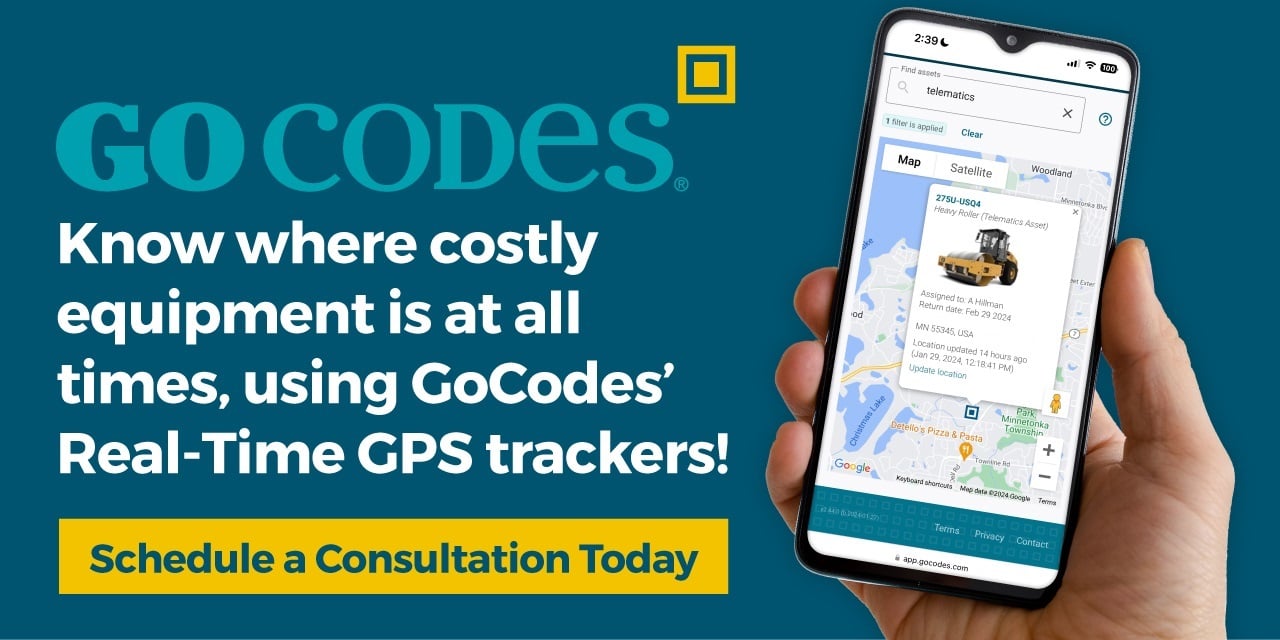Implementing asset management to reduce tool and equipment loss by a whopping 90% makes great business sense.
What doesn’t make sense is investing the money in a solution, then failing to get the asset management project off the ground.
Read on to learn the missteps to avoid to ensure your asset management project is a success, not a flop.
In this article...
The Boss Isn’t Interested
Sometimes, a team member will see the opportunity for an asset management solution.
They’ll find a solution that works and will bring it to the boss.
However, if the management team cannot see the value in the solution, decision-making stalls, and the asset management project will ultimately get sidelined for other priorities.
To avoid this misstep – the team member should identify all stakeholders and ensure that leaders are engaged and committed to the asset management project from the outset.
This is achieved by presenting a clear proposal to management.
The proposal should include a realistic timeframe for solution implementation along with clear expectations of how the project would work in practice.
It should also lay out a cohesive summary of the problems that will be eliminated by implementing asset management, as well as the cost benefits of the solution.
If this step is done well, the management team will onboard effectively, and the rest of the team will follow.
The Wrong Person Gets the Project
Sometimes the management team itself lacks the expertise that’s needed when it comes to software and technology.
As a result, they’re unable to identify a team member with the right skills to successfully take on the project.
In this instance, the project is then handed to an inexperienced staff member, who may struggle to implement the software, document process changes, and train team members.
After a year, progress is small, equipment is not consistently tracked, tools are still lost or misplaced, and the project gets booted.
To avoid this misstep – managers must assign project responsibility to the right person.
The right person is one who has software implementation experience combined with expert knowledge of the company’s operations.
They’ll have a definitive plan for how the software will be used by the business.
Their vision and practical application will get the solution up and running fast, while building trust and buy-in from all users.
Documentation and Training Are Sidelined
Even though software like GoCodes Asset Tracking requires very little documentation or training for end users, both activities are necessary to ensure project success.

For example, the project manager should draw up an implementation process for employees to follow and roll out training to ensure that employees accurately follow that process.
This is true, whether rollout is for 500 staff or for 15.
Unfortunately, some businesses overlook the value of documentation and training.
Subsequently, employees fail to implement asset tracking cohesively.
Ultimately, the database of assets fails to get updated consistently, notifications and other procedures aren’t implemented correctly, and reporting details are inaccurate.
Employee frustration and poor tool management will cause the project to be shelved.
To avoid this misstep – set out clear and consistent procedures for all employees regarding the way in which the asset software should be used on the job.
Also, roll out training that includes real-world practice opportunities, so that employees are fully trained to use the solution to complete common tasks.
That upfront process development and training will be pivotal to user success.
Don’t forget to make provisions for new hire training, too.
Gives Up Too Soon
Sometimes it’s hard for organizations to rationalize putting time and effort into the management of tools and equipment.
Smaller organizations can be more prone to this thinking, especially when they are run on a tight budget and a spreadsheet seems to do the trick.
As a result, smaller businesses are most likely to abandon an asset management project early on, in the mistaken belief that the cost of the solution is not worth it.
Ironically, an asset management solution provides the vehicle that small equipment-based businesses need to drive operational efficiency and grow their business.
That’s why larger companies embrace asset management and have the most successful implementation.
They understand that the expenditure (both in time and money) that’s needed to get an asset management project on track will prove an invaluable investment.
To avoid this misstep – smaller businesses should take the plunge and fully commit to their asset management project.
After all, the short-term effort needed for successful onboarding will eventually be replaced with those long-term operational and financial gains, which will help take their business to a whole new level!




